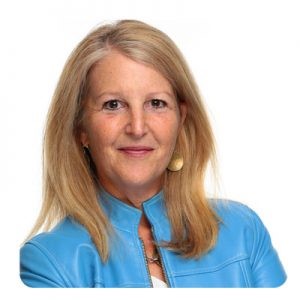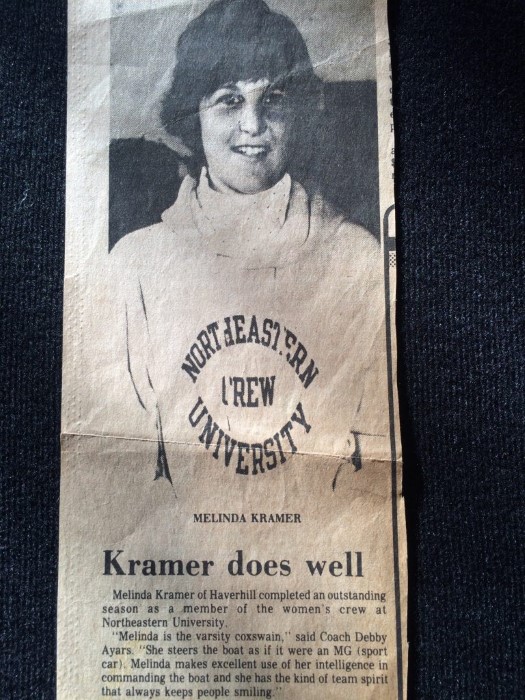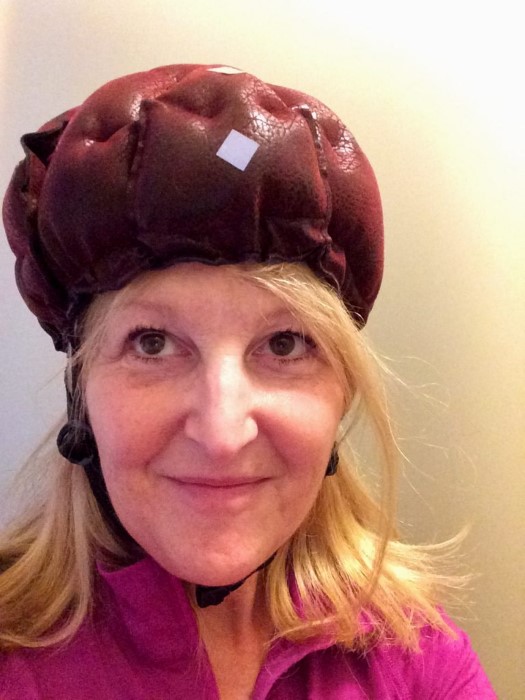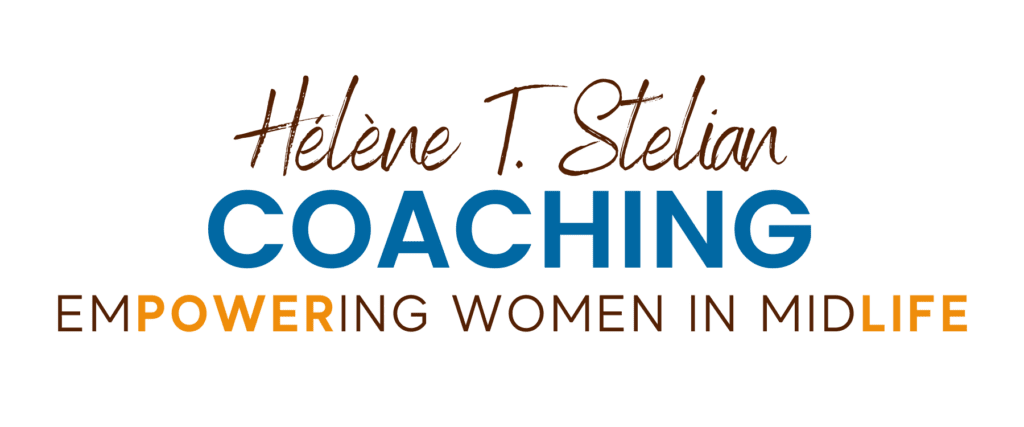 After three successful but very demanding decades in corporate America, Melinda yearned for the flexibility and independence of owning her own firm. She now provides consulting services to tech startups, invests in new ventures, and is developing the first truly portable bike helmet—while enjoying more time with her family.
After three successful but very demanding decades in corporate America, Melinda yearned for the flexibility and independence of owning her own firm. She now provides consulting services to tech startups, invests in new ventures, and is developing the first truly portable bike helmet—while enjoying more time with her family.
Tell us a little about your background…
I am originally from the Boston area. I grew up with a younger brother in a town on the border of Massachusetts and New Hampshire. Our parents divorced when I was 10. My mother was a strong woman who went back to college and worked full time while being a single mom in the ’70s. I was always an active person who enjoyed sports and the outdoors. I also played piano.
School came easily for me and I always worked part time from age 11 through high school (paper routes, nursing homes, restaurants). I chose Northeastern University for college because of their co-operative education program (work study) and it led to great opportunities for me. I started as a business major but was bored after my first work experience so I changed majors and became a computer science major. This was before the advent of personal computers so it was not a hot major at the time, but evolving.

In college, I joined the crew (rowing) team and loved the camaraderie and teamwork of the sport. I became the coxswain for the varsity boat in my first season. The coxswain’s job is to help plan the race strategy with the coach and lead (stroke) rower and then to manage the boat and team using leadership, motivation, and steering skills.
I graduated in 1983 and started my first job one week later on Wall Street for JPMorgan, as a computer programmer. After two years, I was bored and decided to get my MBA while continuing to work; I enrolled at NYU’s Stern School of Business. While completing my MBA, I joined a small consulting firm in NYC, Leveraged Technology, Inc. I wanted more responsibility and eventually found that I was an excellent project manager, rising through the ranks to become a partner at the firm. I ran technology consulting projects at many Wall Street firms and also worked on assignments in London and Hong Kong. I was a workaholic, as is the case for most people on Wall Street, but still found time to meet lots of friends and compete in triathlons and marathons.

In 1990, with the economy and our consulting firm struggling, I experienced my first financial duress. The partners and I got by with a reduced salary for many months so we could keep employees on staff; it was a good learning experience of business ownership. In 1992, I left the East Coast for Chicago, where I accepted an offer to run technology for a small software company. It was another great learning experience but also a situation where the firm was challenged financially.
It was in Chicago that I’d meet my husband, Bob Ernst, at a bar on December 7, 1996. It was love at first sight. I had a date that same evening who was late and by the time he arrived, I was smitten and busy chatting with Bob. We closed the bar (Wrightwood Tap) that night and have been together ever since.

I received a terrific offer to work for Goldman Sachs in Chicago, running Information Technology in the Asset Management group. I spent seven years at Goldman building out new technology and learning the operations of the mutual fund business. The role included travel to London and Luxembourg and all was good until I started having children. I then found that my travel and work schedule was not providing me any time with family. I tried to do it all, with very little sleep, but then got very ill and ended up in the hospital where I was pronounced unresponsive. Fortunately, I was revived and I eventually got healthy again.
For a short time, I tried to achieve more balance and appreciation for my loved ones rather than falling prey to my workaholic tendencies. I ended up leaving Goldman and joining a consulting firm that was building a new practice in Chicago, which helped alleviate the travel demands and lifestyle challenges. I then joined Grosvenor Capital Management, where I became a partner and launched and built the firm’s software and technology organization over a period of 10+ years. I trended back toward my workaholic ways but with better sleeping habits and more time for family.
When did you start thinking about making a change?
I loved the people and the culture at Grosvenor, but I also found that the excitement that I felt early on had been steadily declining over the last years. I knew that some of that was due to the 2008 financial crash, which had impacted the industry so heavily. I also knew that all relationships ebb and flow; maybe that was just the reality of it.
Still, as time went on, I realized that I was not enjoying my career as much as I wanted to. It was a challenging time at work for me and everyone else as we cut back and tried to manage through the downturn. Finally, the firm and I agreed to part ways and I was asked to stay on until my replacement was hired. Unfortunately the search for the replacement took over six months so it was an extended retirement process. During that time, I realized that I did not want to go back to a corporate role; I wanted to explore all the things on “my list” that I had never had time for.
I came up with my list, which included: getting to know my teenage sons and attending their sporting events, spending time with my mom who has early Alzheimer’s, getting engaged in the Chicago startup tech scene, helping women grow their careers in business and technology, engaging in my community and neighborhood politics, improving my golf game, and inventing a portable bike helmet.

With my mom
What is your next act?
After leaving Grosvenor in 2013, at the age of 53, I formed my own company, KloudVentures, which was intended to be a double entendre for thinking “pie in the sky” and a reference to the technology “cloud.” Through my firm, I provide technology advisory and consulting services. For example, I advised a social services agency that was looking to replace or upgrade its core client and patient services system.
Mostly I’ve also been providing advisory services on technology platforms, staffing, and product development to the startups that I’m engaged with. I love working with startup companies. There is such great energy, open minds, and open fields to create and execute upon a vision. It’s fun to strategize and advise with so many creative and motivated people. I also feel that I am learning at the same time as I am helping; there is so much to learn, so many unique challenges to each startup. This is also helping me find opportunities where I can invest in startups and I have been doing some of that too.
I also joined the advisory boards for Techweek and the Illinois Technology Association. My role in advocating for women in tech and assisting tech companies led to my inclusion in the Crain’s Tech 50 in the fall of 2014.
My passion project is a truly portable bike helmet. I came up with the idea as I was using Divvy, Chicago’s growing bike share service. I would use it around town to go to business meetings and didn’t want to carry a helmet so I started searching for portable helmets online. I found a few things but nothing truly portable to fit into a pocket or purse. I started playing with some ideas and materials that were inflation based to see if I could obtain the compression and protection levels that I wanted. In 2014, hired an inventor to partner with me on the development. This has been both a fun and frustrating process. It took a long time to find a development partner, and especially one who I could afford. It’s taking longer than I’d hoped but as of November 2015, I am patent pending for my inflatable helmet.

Wearing a prototype
Why did you choose this next act and how did you prepare?
I chose the solo company route because I felt the timing was right. I wanted to have the ultimate flexibility to explore professional opportunities, investment opportunities, and personal opportunities without committing to any one thing. I considered interviewing for several full-time professional opportunities but knew that (1) I couldn’t get this time back with my family and (2) I wanted to really explore the startup world and the helmet project without any prior commitments.
To prepare, I did a lot of networking; I wanted to find out what others had learned as they invented or developed products and how they had built their companies. I talked to IDEO and other design/build firms. I spoke with seasoned startup veterans, independent consultants, friends, family, lawyers, and my financial advisor. I averaged three networking meetings per week for six months.
I had great support from most people I spoke with. The one thing that kept coming up from some people is that if I spent too long away from the corporate finance/tech world, I would never be able to go back. Many others told me that I would be challenged with a loss of identity after spending so many years as a CTO (Chief Technology Officer) and now being on my own. I was prepared for that but I didn’t experience that feeling.
One thing that helped me take this route is that I viewed myself as on sabbatical. This gave me the freedom to explore and learn without committing to a full-time role.
How hard was it to adjust to being home so much more?
My husband and kids were thrilled to have me around more and see me having fun with my new gig. I thought it would be harder but, while I’m enjoying no longer working 60-70 hours a week, I still keep busy. I schedule each and every day, whether it’s a personal or work-related activity, so I’m still a slave to my calendar but I have much more control. I love the flexibility and being home in the mornings rather than my prior crazy morning rush to the office. My husband also works from home when he’s not traveling so now I get to experience the same “commute”! I’m generally able to be there for most of the family and kid events, a nice change for me and my husband—I’m enjoying it.

What challenges did you encounter?
The challenges for the helmet invention were in two areas: (1) finding a partner with the engineering skills I needed and (2) funding. I went to several entrepreneur and startup seminars and events and I quickly learned that it would be very difficult to find funding outside of family or friends without doing further product development. I looked at partners in the Midwest since I wanted the proximity for collaboration and passed on some opportunities with my alma matter. I ended up working with someone from Pennsylvania, who I found through a mutual contact. I’ve sometimes thought that I may end up having wasted too much time by going the low budget/slower route with the helmet and the timing may end up hurting my chances of success. But I’ve always come back to the thought that this is also the time I’ve reserved for family time and that is most important to me now.
The challenges for the consulting business were mostly about finding opportunities that would align with both my interests and my limited availability. The latter is the biggest challenge since I’m looking for projects and companies where I can work part time. I am still working on developing better models that I can use to find opportunities and clarify the services that I can deliver. I’ve had a couple of good projects but could use more in the pipeline.
There have been times when I’ve questioned myself. I would say that it happens periodically but I am often introspective and that is something I like to do.
What have you learned about yourself?
I’ve learned that this path can be lonely unless you make sure to plan your time carefully. For example, I can easily spend days researching that would prevent me from getting out of my chair but I make sure to put lots of outside-the-office activities on my calendar every week.
I’ve also learned that I’m a really good connector. I’ve always done that naturally and always wanted to help others whenever I could. But the additional connections I’ve made over the past year have increased my network and capabilities and I sometimes wonder if I should be making that part of my business.
I sometimes feel guilty that this desire for more flexibility and exploration is fairly unique to women. Rarely do I speak with a man who is looking for a new career that provides him more time with his family (although Chuck Templeton, the founder of OpenTable, did just that by taking a year in Costa Rica with his family to explore his passion).
I spent so much of my career balancing professional and personal time but my balance point was definitely weighted on the career side. I had a live-in nanny to take care of the kids and home. I’ve loved my career and industry and have advocated and led the charge in helping women who “want it all” to go for it and enjoy it. But now in midlife, I find myself wanting the balance point moved in the other direction. I don’t want this to dissuade other women, as I have no regrets. But at the same time, I feel that I am sending mixed signals. The reality is that you have to sacrifice some personal time for a demanding career and you have to enjoy your career enough to make it worth it. I did that and am fortunate to have had success and joy in that mission.
I am a big fan of Sheryl Sandberg (COO of Facebook and author of Lean In: Women, Work, and the Will to Lead). I think she’s done it right. She’s used her access and power to impact and motivate women with desire. I agree with her thesis as well. I’ve always told those I mentor that you need to both sit at the table and speak up. It’s akin to the old classic “dress for the job you want” but it’s about speaking up: Be heard and build respect.

What advice do you have for women who are looking for their next act in midlife?
If you are choosing a new career or second act, it should be something that you are passionate about. If you need to figure out what that is, then a sabbatical may be right for you too. It can be a limited time sabbatical with a specific mission or it can be an exploration sabbatical based on a list of interests. You could also use books like StrengthsFinder 2.0 by Tom Rath, which someone gave me when I left the corporate world.
Think through the financial implications of a career change (I recently advised a former employee of mine to do the same). It’s important to make adjustments in current and future plans with a clear view. Too few women have long-term financial plans. I consulted with my financial advisor in order to figure out how long I could pursue this path and at what cost.
I recommend using a life coach. I have done that in the past and just started doing it again. It was great. I used a person who was also a friend but had gone through training and certification as a life coach. At first I was part of her training program—she needed to have a certain number of coaching hours—but once I recognized the value of it, I continued to use the coaching for over a year. It improved my focus and results. I am now co-coaching with my former coach, Dodi Bashan, who recently retired from her first career, so we are helping each other make strides toward our next endeavors.
What advice do you have for women who want to start a consulting firm?
Develop a strong network of similar and complementary firms. I have many friends and colleagues with similar firms and we share lots of information and help each other. We share feedback on events, meetings, software tools, rates, challenges etc. We do a breakfast or happy hour gathering every couple of months to share and help. You can’t look at similar firms as competition or you will lose a valuable network.
Financial advice is important, especially for those who are unfamiliar with the finance world. A good accountant can provide a lot of savvy advice on how to structure your finances and legal entity. If someone doesn’t have an accountant already, they certainly need one when
